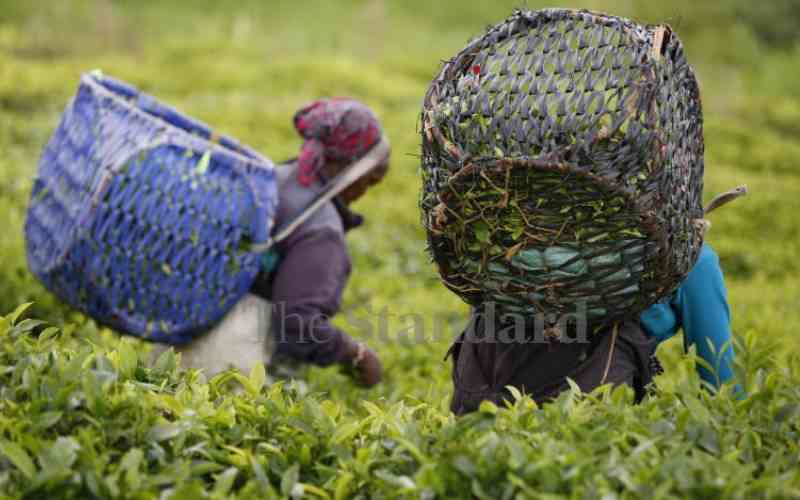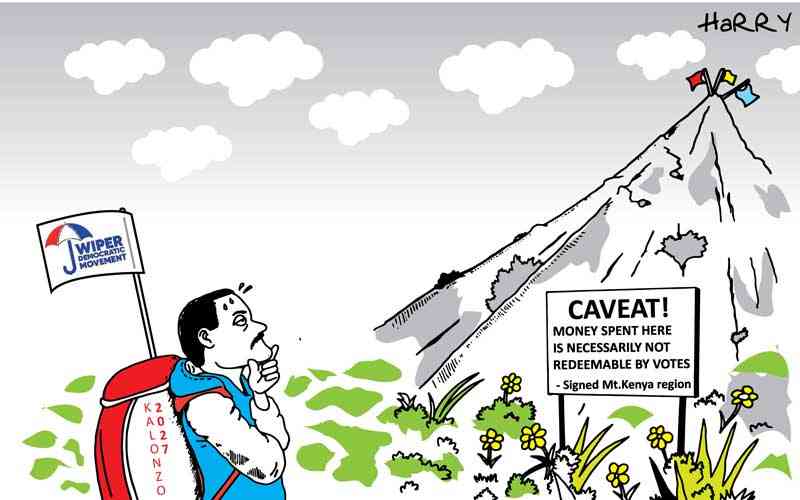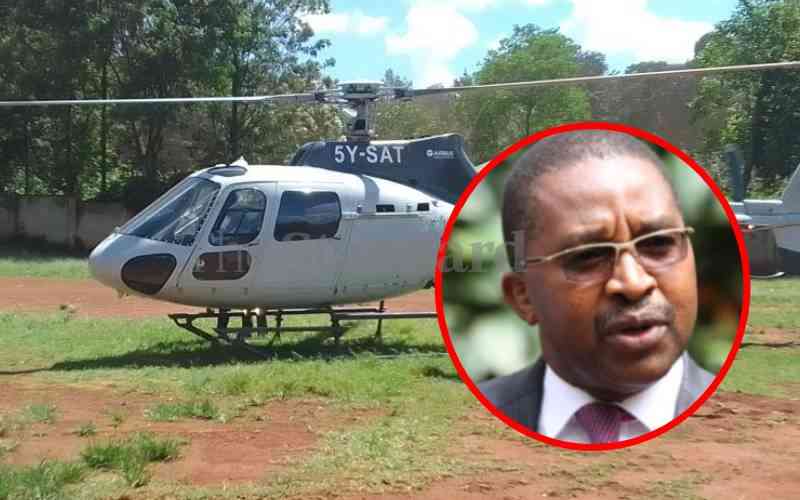Inside the world’s largest Refugee camp In Northern Kenya, stands a camp shadowed by a story of love, confusion, array of conflicting cross-border interests and entanglements at play, refugees and the host community trying to contextualize the dilemma as it unfolds. After more than two decades inside what many refer to as the City of thorns, Dadaab camp is now on the line of what others call expeditious shutdown or what others refer to as relocation of refugees.
Numerous profiles of the Dadaab refugees and their aspirations and capacities have been done. There seems to be far less documentation on what is actually grappling in what is considered as the third largest city in Kenya.
It is important to note that, though the repatriation was a general sentiment, opinions differed from camp to camp. The newer refugees, particularly those resident in Ifo 2 and Kambios – those arriving with the recent drought– indicated a greater willingness to return than those who have been in Dadaab for many years. This can be largely attributed to the fact that the new refugees still had a much stronger affiliation with their home compared to the long-term.
Readers unfamiliar with the region have been led to believe that intent to shut down the camp is due to security threats in Kenya. But the government has not yet substantiated the claims on the inverse, many assert that this has been a bargaining chip for more aid from humanitarian institutions internationally.
The UN is now asking donors to provide an additional 115.4 million dollars to help in the reintegration of the refugees in other camps, this as voluntary repatriation goes on in the camp that notwithstanding the decision to shut down the Department of refugee affairs, DRA. A decision that has left the refugees in Kenya facing the risk of death and also being arrested, the department delivered crucial administrative services for refugees and asylum seekers.
Is the shutting down of the department and downsizing of the refugee complex the solution to the terrorism threat in Kenya? In 2009 the Kenyan government initiated plans to create a buffer zone between Kenya and Somalia, 700 km wall running from Kiunga in Lamu County to Mandera Ethiopia Border at River Daawa.
The question is, are we going to keep Alshabab in Kenya or are we going to keep them out? If it's really intended in monitoring of refugees, I think that is nonsensical and a monumental waste of tax payers money.
There is a reason why they call it the Other Kenya, take a road trip to the border town of Mandera, experience the sorry state of roads and infrastructure, after almost 1000 km of a torturing journey by road, to the land suffering serious underdevelopment which the County governments try to change, and you will get a picture of why the second class citizens as they call themselves depend on the border country.
And that's the main reason you will find that nearly 10 percent of Kenyans living in Dadaab are falsely registered as refugees, that is what the United Nations estimates as 42,000 Kenyans on false pretense living in the camp. The Kenyan Government neglect to the people of the north is to be blamed, not forgetting the occasional visit of the leaders to the region. Is the Kenyan Government going to repatriate their own?
Back in war torn Somalia, the Extremist group Alshabab still wages a deadly insurgence against the Somalia Government, Somalia Government troops and the African Union peace keeping troops. Nearly 6 years of Kenya entry to Somalia, this after aid workers were kidnapped in Dadaab Refugee Complex. Retaliatory attacks to the Kenyan Defense Forces in Somalia and back in Kenya.
The recent battle for El Adde, an AMISOM Kenya base in Somalia early January saw what the media referred to as Military Massacre. Alshabaab alleged it killed 100 troops of Kenya Defense soldiers in El Adde base, Somalia Government says it was 180, Kenya government has refused to confirm the death toll.
Narratives that do not cast a shadow of hope not only to the Kenyan people but also the refugees who you want to repatriate back to their motherland. A land that many say will be very fertile for radicalization of the youth of whom majority were born in Kenya, that notwithstanding them being swaddled in Somalia complex dynamic Clan system.
The System is getting tougher for the asylum seekers. The world’s newest nation Southern Sudan is now at the peak of war again, more refugees spilling in the borders, Kakuma camp hosts majority of South Sudanese refugees, with the Governments decision on closure of camps, they are in a state of consternation. The host community which after many years of marginalization has come to the eyes of the public are also perturbed of their future. Are they next after Dadaab?
Be it Kakuma in the North West or Dadaab in the North East, The refugee dilemma still stand. In the end, will the state give solutions to problems that are sustainable and best for refugees or succumb to the pressure of exterior challenges?
Hussein Mohammed
Stay informed. Subscribe to our newsletter
Tv Journalist
 The Standard Group Plc is a
multi-media organization with investments in media platforms spanning newspaper
print operations, television, radio broadcasting, digital and online services. The
Standard Group is recognized as a leading multi-media house in Kenya with a key
influence in matters of national and international interest.
The Standard Group Plc is a
multi-media organization with investments in media platforms spanning newspaper
print operations, television, radio broadcasting, digital and online services. The
Standard Group is recognized as a leading multi-media house in Kenya with a key
influence in matters of national and international interest.
 The Standard Group Plc is a
multi-media organization with investments in media platforms spanning newspaper
print operations, television, radio broadcasting, digital and online services. The
Standard Group is recognized as a leading multi-media house in Kenya with a key
influence in matters of national and international interest.
The Standard Group Plc is a
multi-media organization with investments in media platforms spanning newspaper
print operations, television, radio broadcasting, digital and online services. The
Standard Group is recognized as a leading multi-media house in Kenya with a key
influence in matters of national and international interest.








